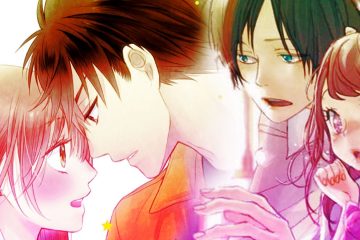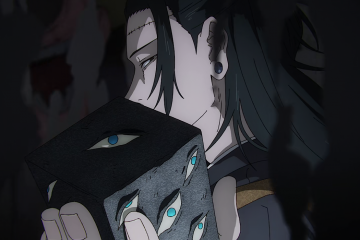Even the most casual of anime and manga fans are likely familiar with the terms “shonen” and “shojo.” Shonen and shojo series represent these mediums’ most popular properties, from One Piece and Naruto to Sailor Moon and Fruits Basket. Shojo and shonen series are often unavoidable since they dominate the market, but it’s easy for audiences to consume this content without truly understanding what these contrasting types of stories mean or represent. The two terms in question loosely translate to “young girl” in the case of shojo and “first year” when it comes to shonen. However, these are broad demographics that continue to evolve after more than a century of storytelling and experimentation.Admittedly, shonen and shojo series can usually be neatly divided by gender, but it’s not as simple of a delineation. There are many different unique elements that give both shojo and shonen series their distinct flavors. In order to better appreciate what both of these types of stories have to offer, it’s first necessary to understand how they compare, contrast, and change a little more each decade.The first thing to understand about shojo and shonen material is that they’re not so much genres as they are target demographics. Manga is delineated by its most desirable audiences before the specific story genres are taken into consideration. In this sense, shonen and shojo are similar since they’re both geared toward the younger teen markets — typically the 12 to 18 age bracket — which makes them ideal series for those who are checking out manga or anime for the first time. The difference between these two is that shonen series are geared toward younger males while shojo take into consideration female audiences. These demographics have been consistent since the early 1900s, but this doesn’t mean that boys can’t appreciate shojo series or that young girls won’t get anything from shonen material.RELATED: The Difference Between Demographics Vs. Genres in Anime and MangaRELATED: This Shojo Anime Spearheaded the Use of Magical Boys in the Magical-Girl Genre
Even the most casual of anime and manga fans are likely familiar with the terms “shonen” and “shojo.” Shonen and shojo series represent these mediums’ most popular properties, from One Piece and Naruto to Sailor Moon and Fruits Basket. Shojo and shonen series are often unavoidable since they dominate the market, but it’s easy for audiences to consume this content without truly understanding what these contrasting types of stories mean or represent. The two terms in question loosely translate to “young girl” in the case of shojo and “first year” when it comes to shonen. However, these are broad demographics that continue to evolve after more than a century of storytelling and experimentation.
Admittedly, shonen and shojo series can usually be neatly divided by gender, but it’s not as simple of a delineation. There are many different unique elements that give both shojo and shonen series their distinct flavors. In order to better appreciate what both of these types of stories have to offer, it’s first necessary to understand how they compare, contrast, and change a little more each decade.
The first thing to understand about shojo and shonen material is that they’re not so much genres as they are target demographics. Manga is delineated by its most desirable audiences before the specific story genres are taken into consideration. In this sense, shonen and shojo are similar since they’re both geared toward the younger teen markets — typically the 12 to 18 age bracket — which makes them ideal series for those who are checking out manga or anime for the first time. The difference between these two is that shonen series are geared toward younger males while shojo take into consideration female audiences. These demographics have been consistent since the early 1900s, but this doesn’t mean that boys can’t appreciate shojo series or that young girls won’t get anything from shonen material.
#Shonen #Shojo #Anime #Whats #Difference
Note:- (Not all news on the site expresses the point of view of the site, but we transmit this news automatically and translate it through programmatic technology on the site and not from a human editor. The content is auto-generated from a syndicated feed.))



